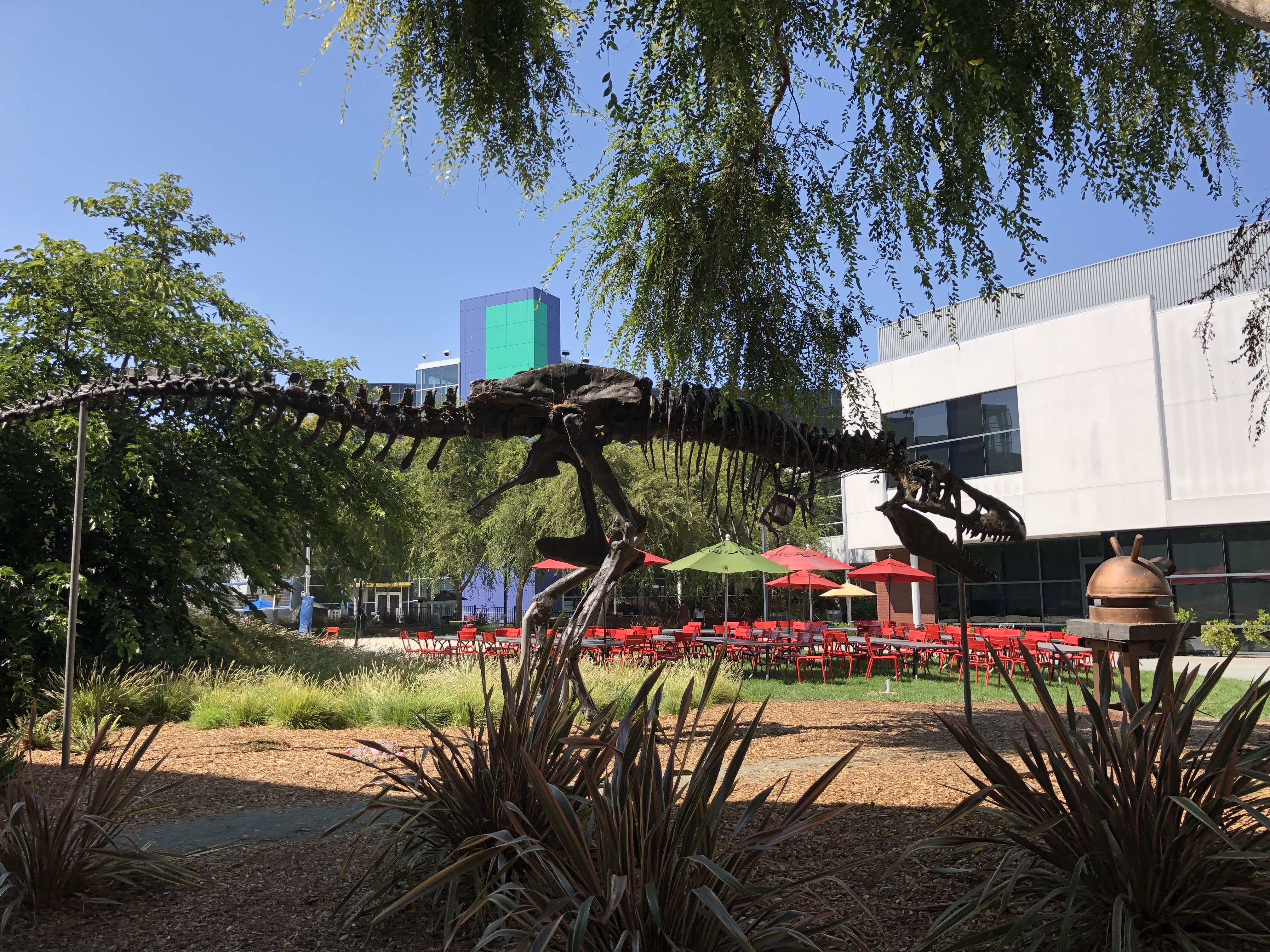Silicon Valley is a huge stretch of land that runs all the way down San Francisco Bay’s southwest shore, south of San Francisco itself. What was once a fertile agricultural paradise (the largest fruit producing and packing region in the world) has been turned into an urbanised technological one. It’s probably no overstatement to say that this is the most important and influential technology hub in the world.
Why here and how did this all begin? Well, there is probably a web factors and events involved, but here’s my simplified take:
A smart guy named William Shockley along with others at Bell Labs created the first practical transistor, a small device that can act like an electrically powered switch – either being ‘on’ or ‘off’. This all happened in New Jersey. Soon after, Shockley believed that an alternative transistor design was the way forward and decided to go out on his own. He founded Shockley Semiconductor Laboratory in 1956, and decided to base the new venture in the town of Mountain View so he could be near his ailing and elderly mother in the neighbouring town of Palo Alto. Both towns are part of Silicon Valley.
A group of employees began to develop the idea that silicon (the element) was a better material for making transistors than the widely used germanium. In late 1957, after an erratic Shockley wanted to shut down the silicon-related research, eight frustrated employees broke away from Shockley Semiconductor and founded Fairchild Semiconductor, as a subsidiary of a large defense company. These eight were dubbed “the traitorous eight”. The new company produced silicon-based transistors for defense equipment (bombers and missiles), and soon made a host of breakthroughs in the field. In 1960, they produced four transistors on a single piece of silicon creating the first silicon integrated circuit.
From here the inventions got continuously smaller, more complicated, and more sophisticated. Thousands of companies were formed and the industry mushroomed spectacularly. Two of the original “traitorous eight”, Robert Noyce and Gordon Moore, broke away from Fairchild to found Intel in 1967, which went on to become the world leader in designing and manufacturing microprocessors. Computers have central processing units that take in data, process it according to instructions stored in its memory, and produce an output. Intel managed to put the whole unit on one chip in 1974, making the first usable ‘microprocessor’. The company still kicks ass today.
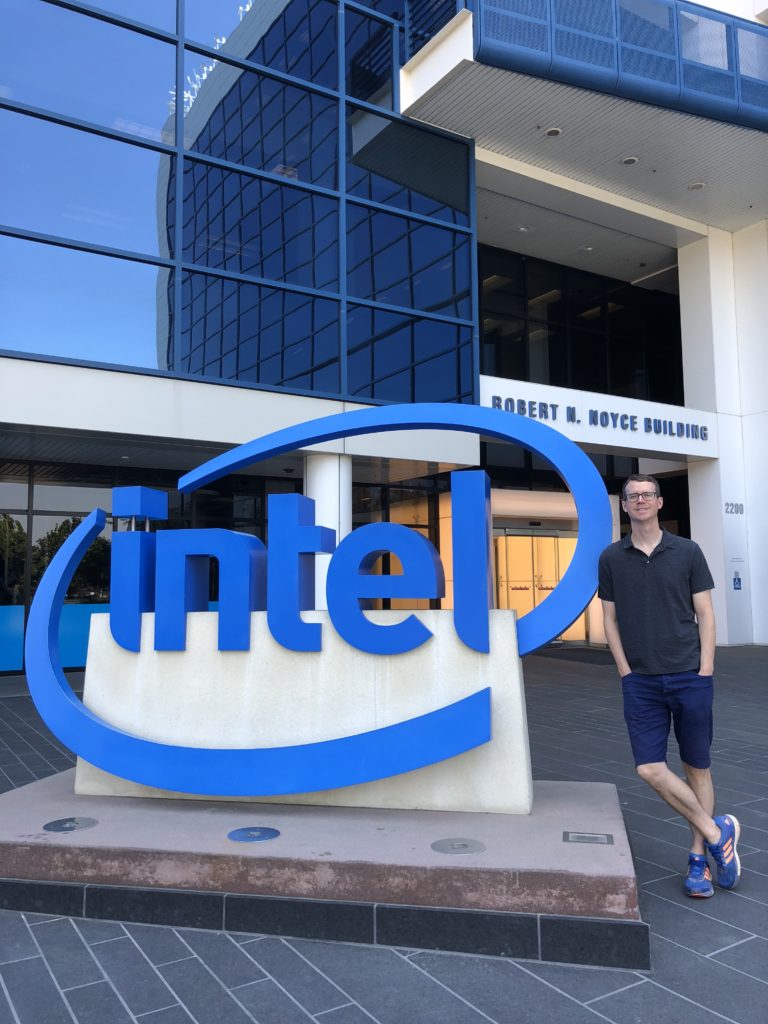
In 1975, two guys named Steve attended a Homebrew Computer Club meeting in Menlo Park (another town in Silicon Valley) to hang out with other electronics enthusiasts producing DIY computers made from different parts and devices. The Steves released the Apple 1 personal computer the following year. The age of personal computers arrived. The Macintosh arrived in 1984, the iPod in 2001 and the iPhone in 2007.
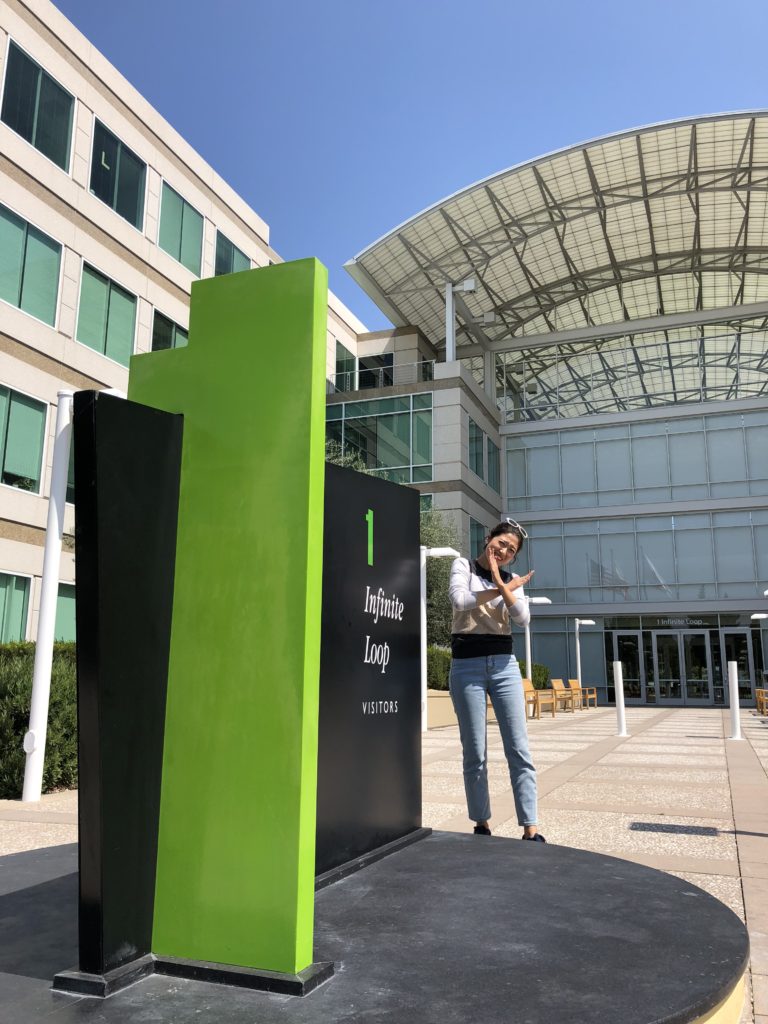
Ella and I made two mistakes in preparation for our day in Silicon Valley. The first was that we went on Labour Day – a public holiday – which meant that everything to see was closed. The second mistake was to have high expectations to see something amazing. There’s actually not that much to see. Having just spent a few days experiencing the sights and sounds of San Francisco, we came away from Silicon Valley comparatively underwhelmed. I think the key is having someone from the area or who works in the industry to show you around. Or not to go on a public holiday.
One thing we did enjoy was wandering around Google’s campus in Mountain View. Google began in 1996 as a research project by two PhD students on how to make a better search engine to navigate the nascent internet. It highlights another key factor behind Silicon Valley’s rise to technological greatness – these two were students of Stanford University, situated in the heart of Silicon Valley. Aside from educating students, Stanford has a successful and lucrative history of helping students turn ideas into businesses. Other giants like Cisco, Hewlett-Packard, Yahoo!, and Sun Microsystems have strong links to Stanford.



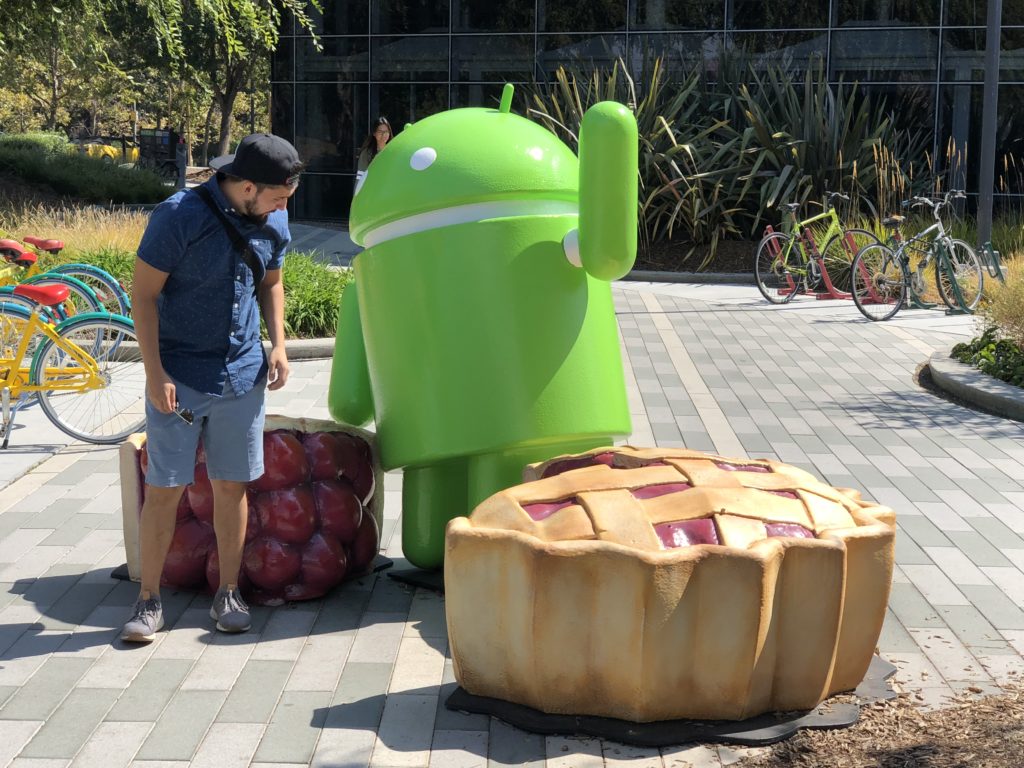
The trip around Silicon Valley and the greater San Francisco Bay area was interesting. Heading north up the interstate 280 was quite scenic:
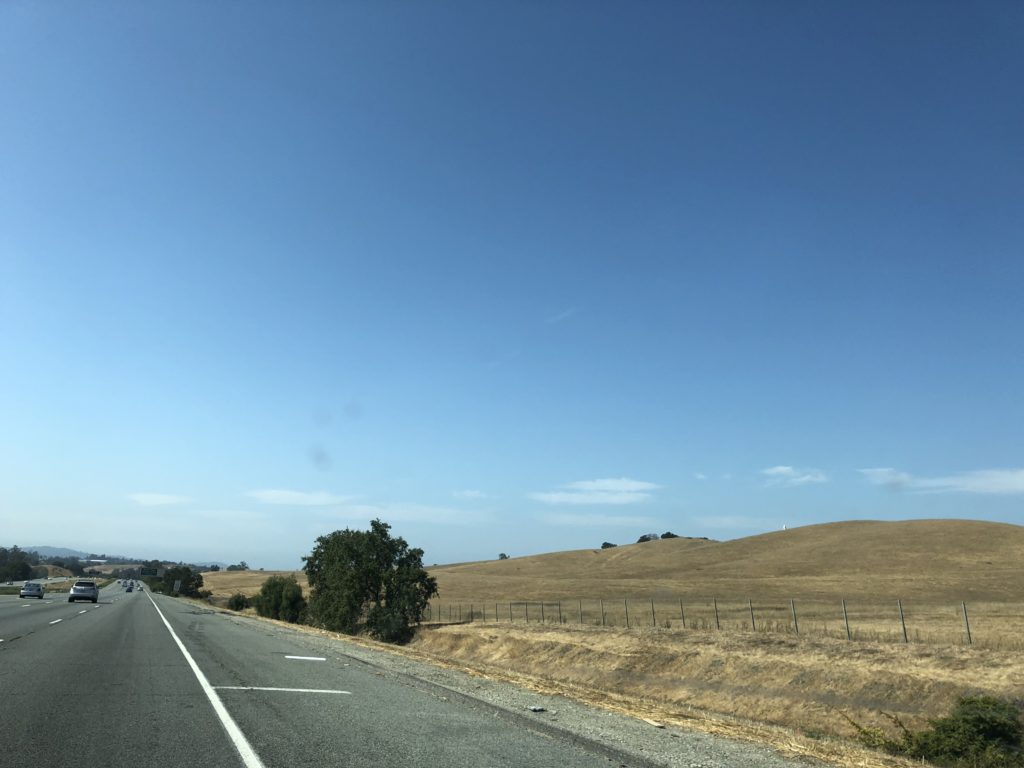
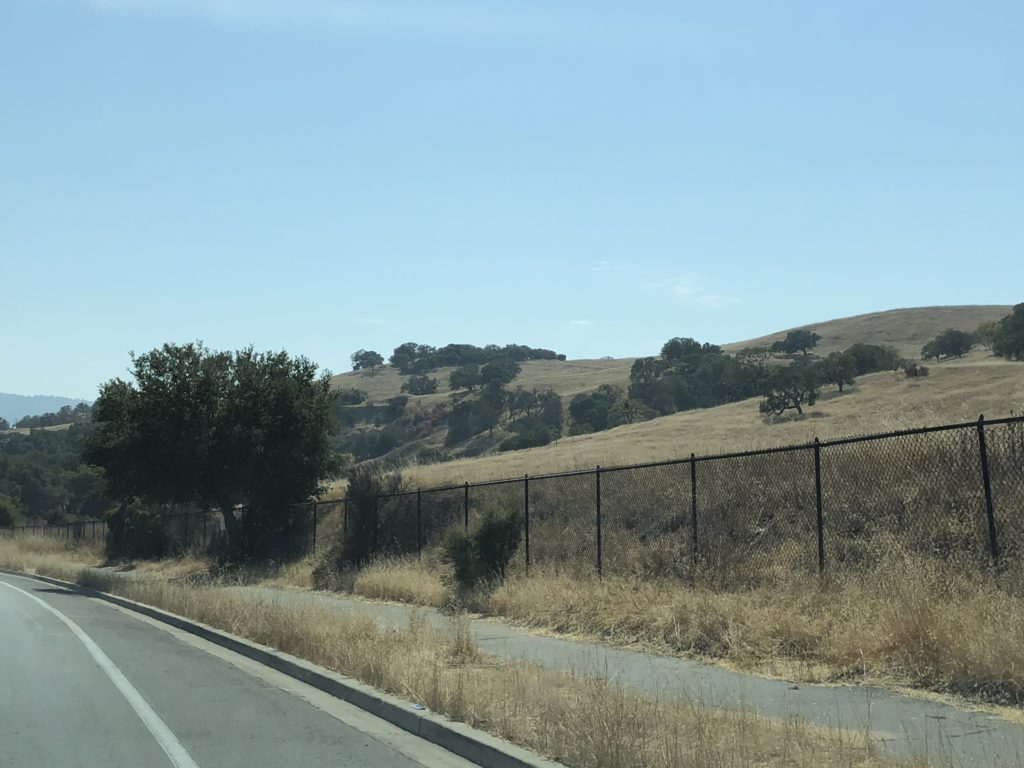
We crossed the Dumbarton Bridge on route 84, skirting past the Facebook campus.
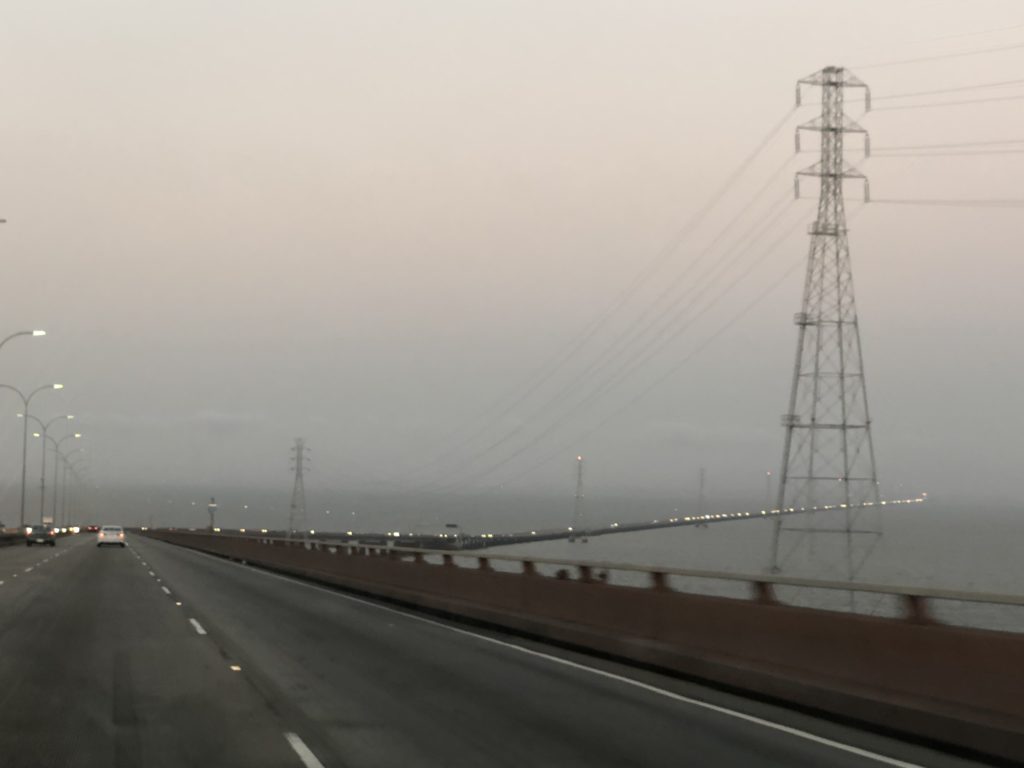
We also crossed the San Francisco-Oakland Bay Bridge, into the busy port city of Oakland.

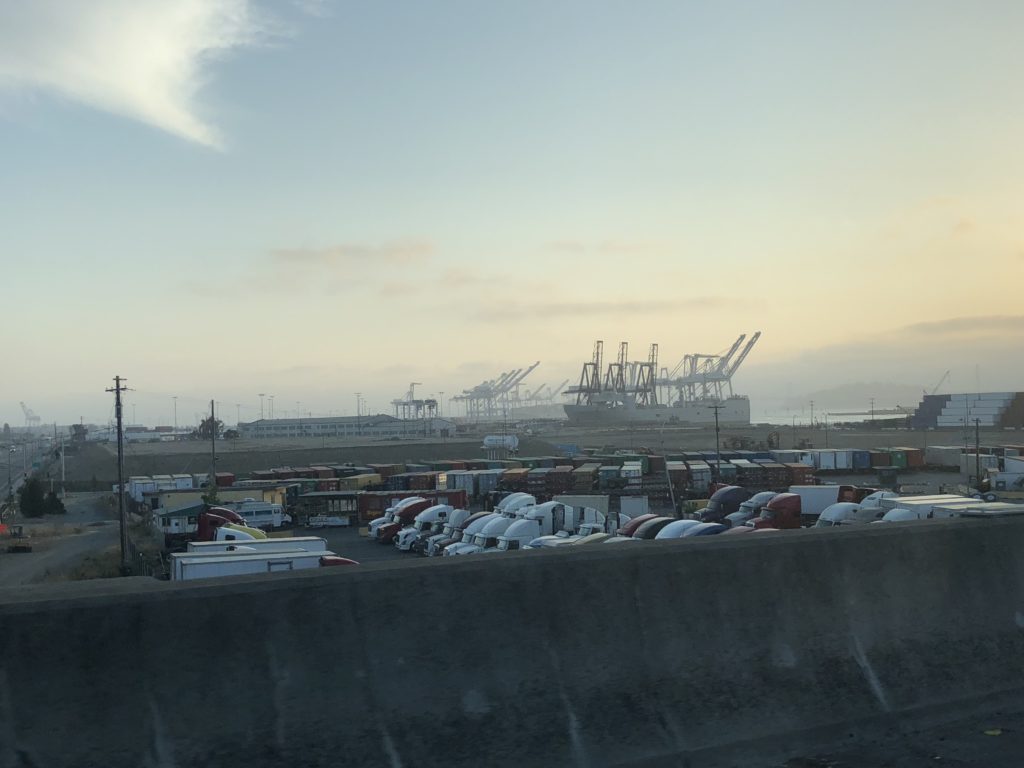
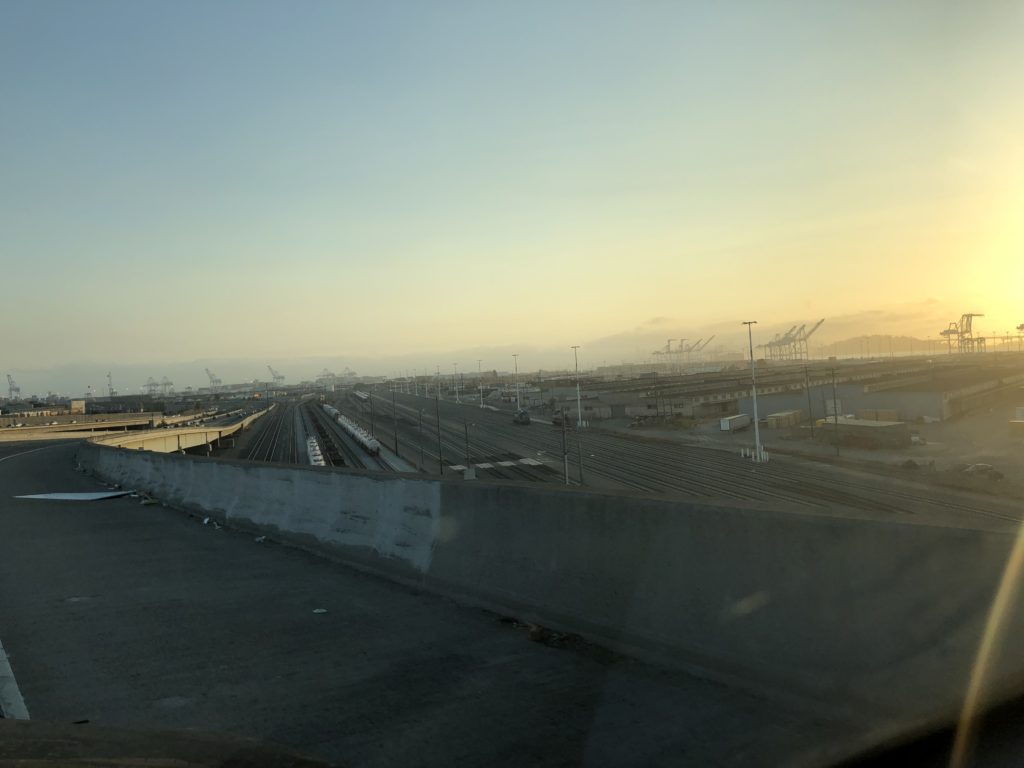

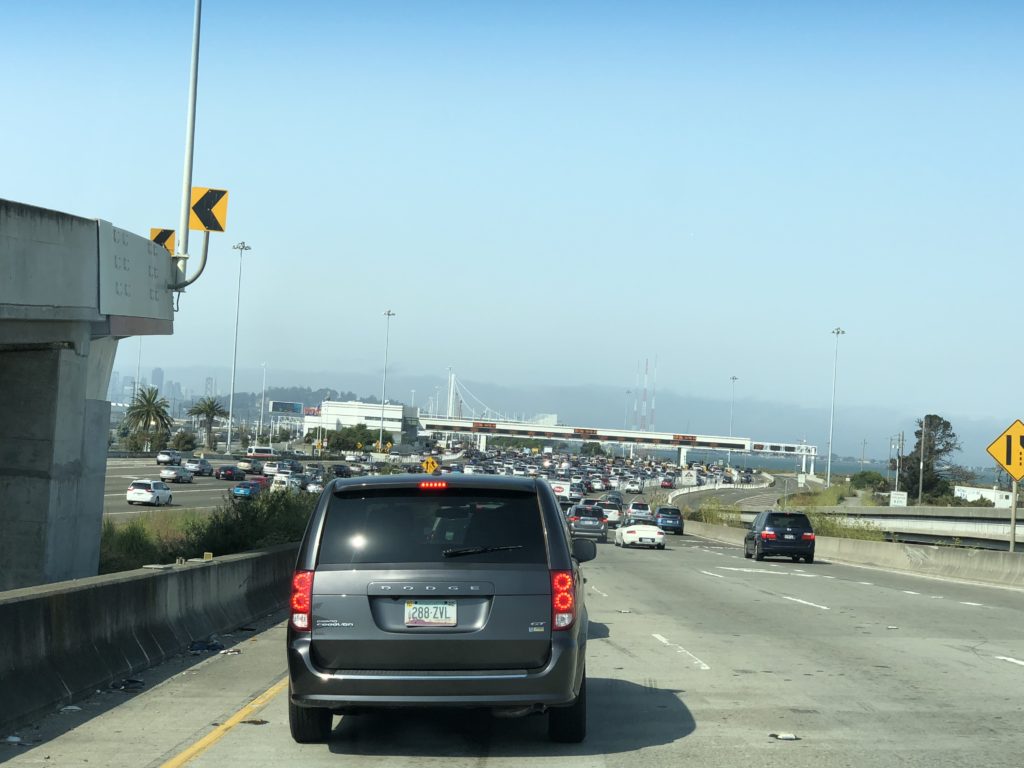
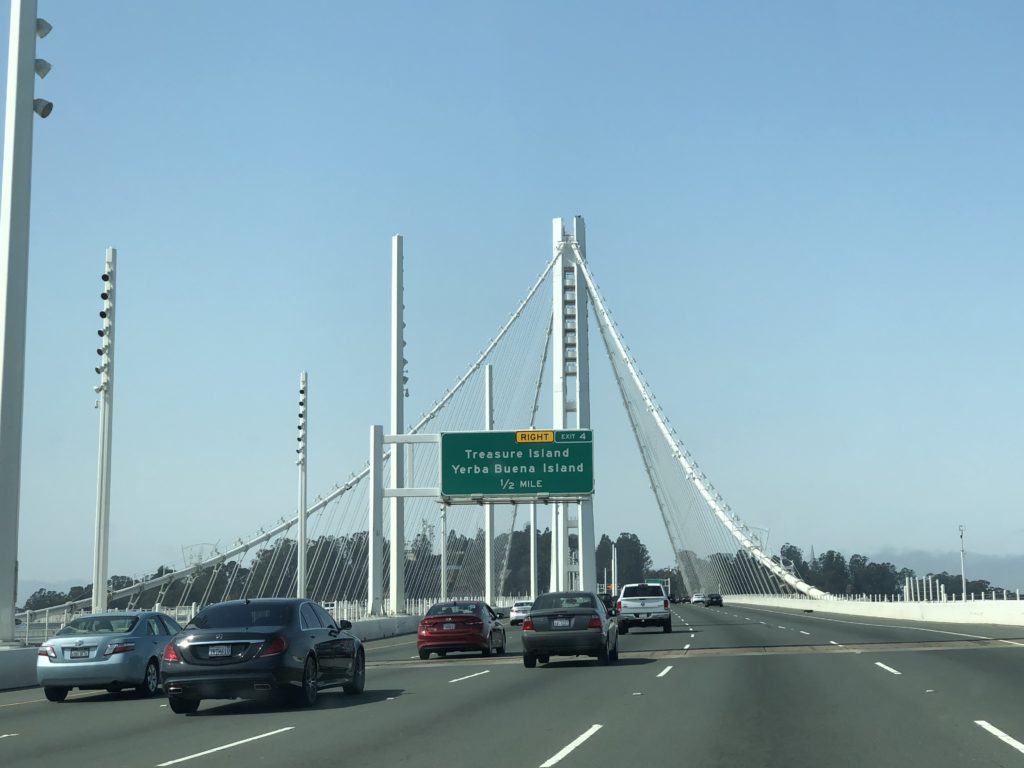
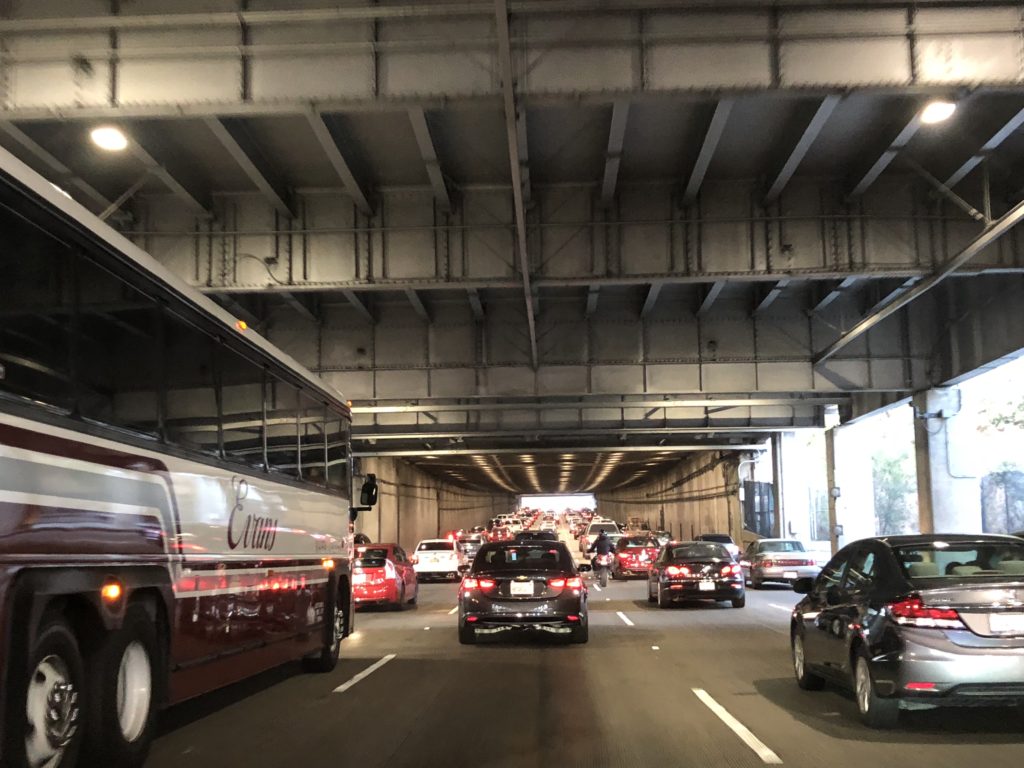
San Francisco and the greater Bay Area is interesting and historic. The traffic, on the other hand, is rough. Ella and I had both had enough of big cities and concrete highways. We decided to venture inland, setting our sights on the natural beauty of Yosemite Valley.

